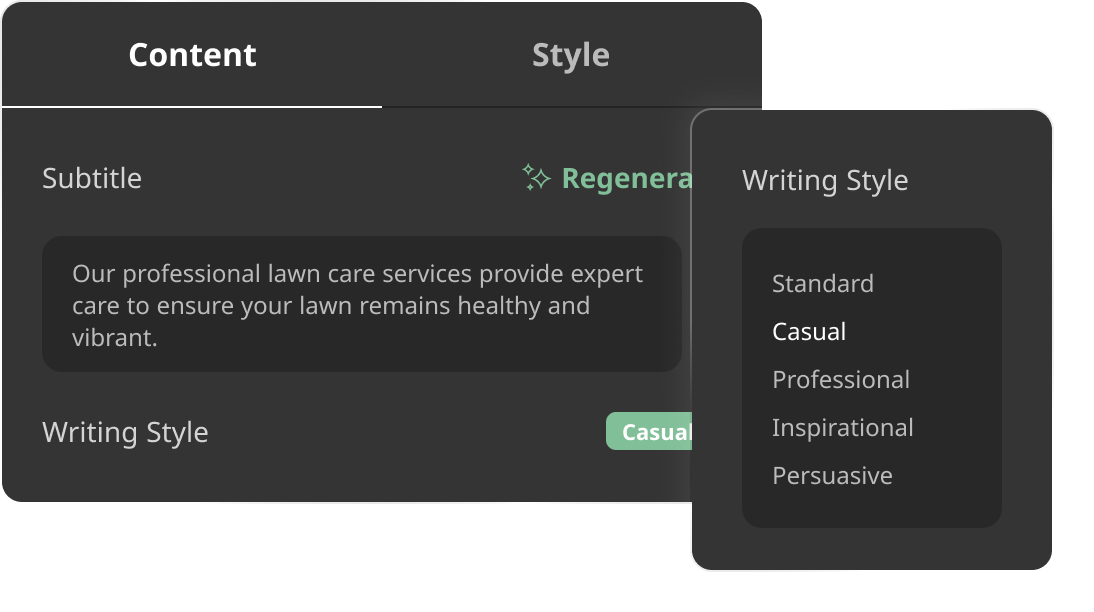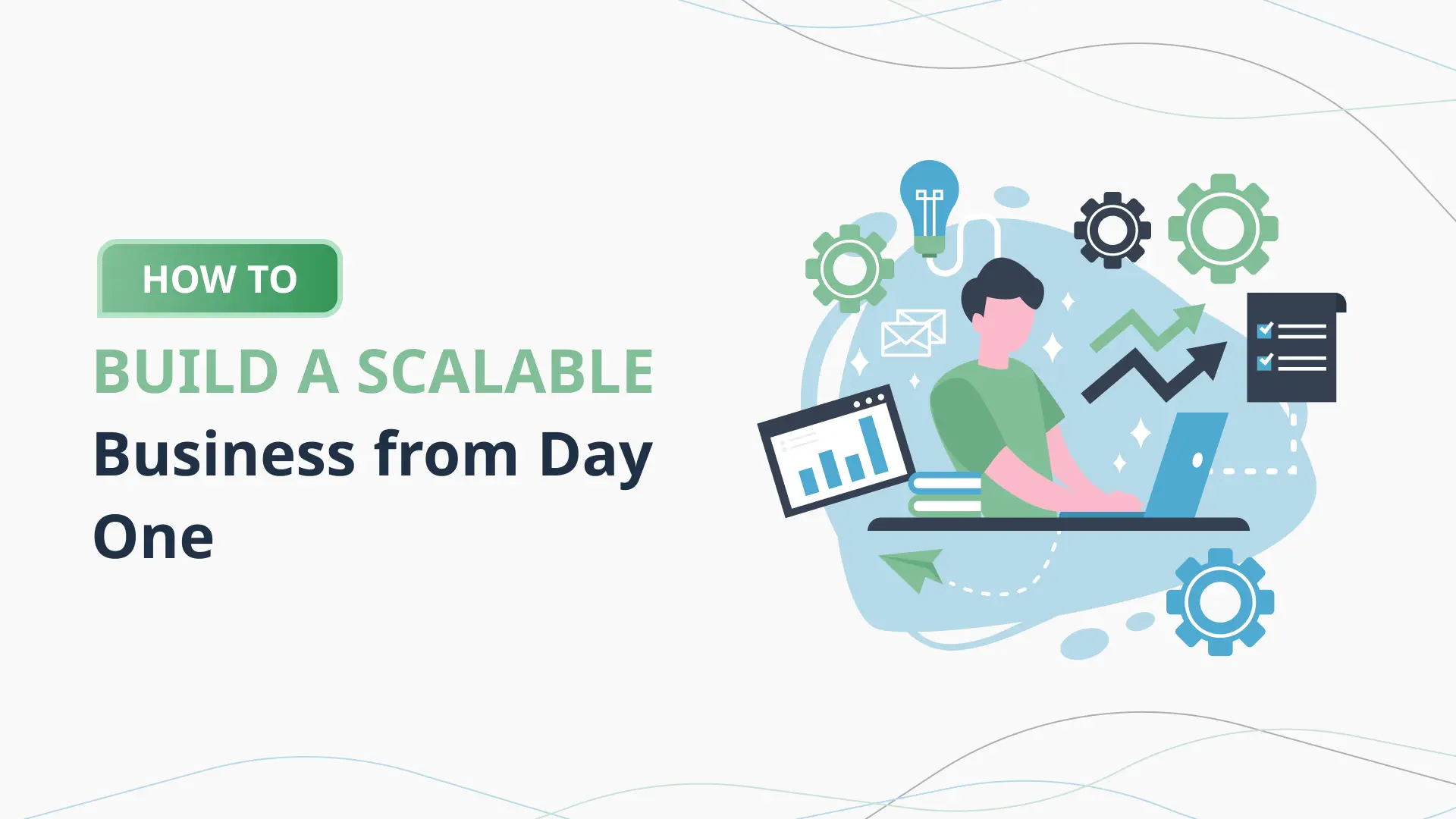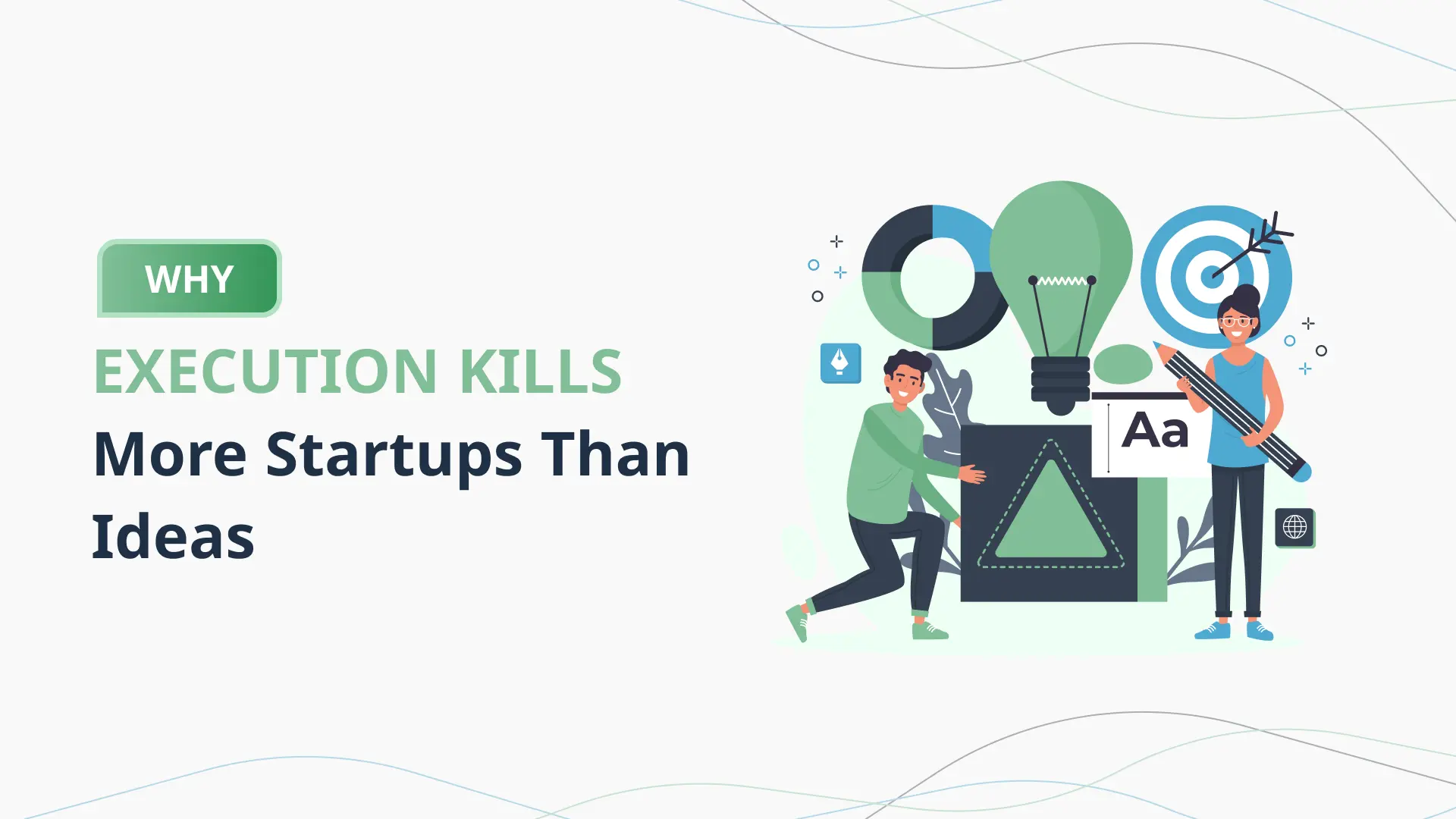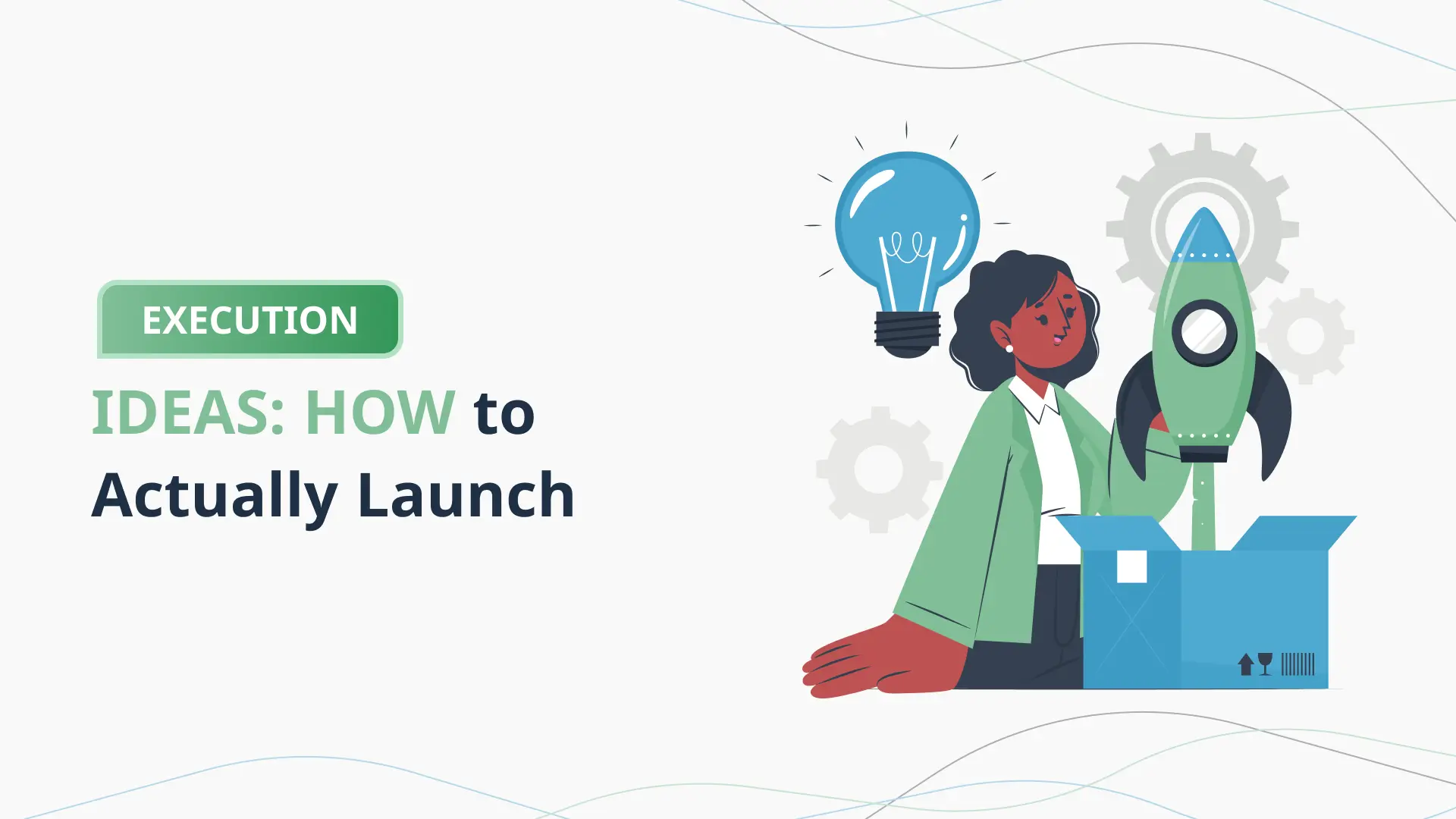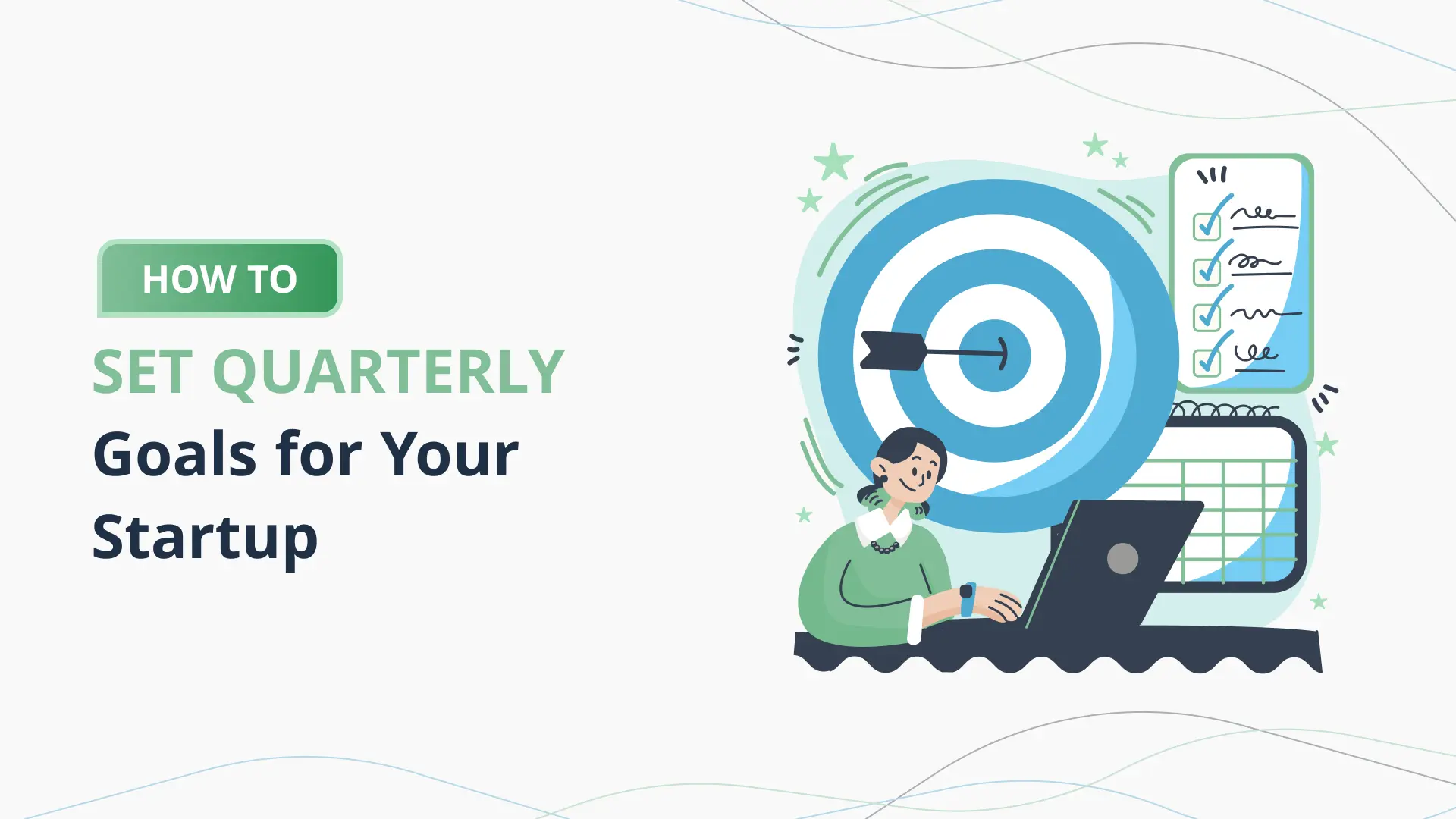Your Plan Is Done. Now What Building Momentum Fast
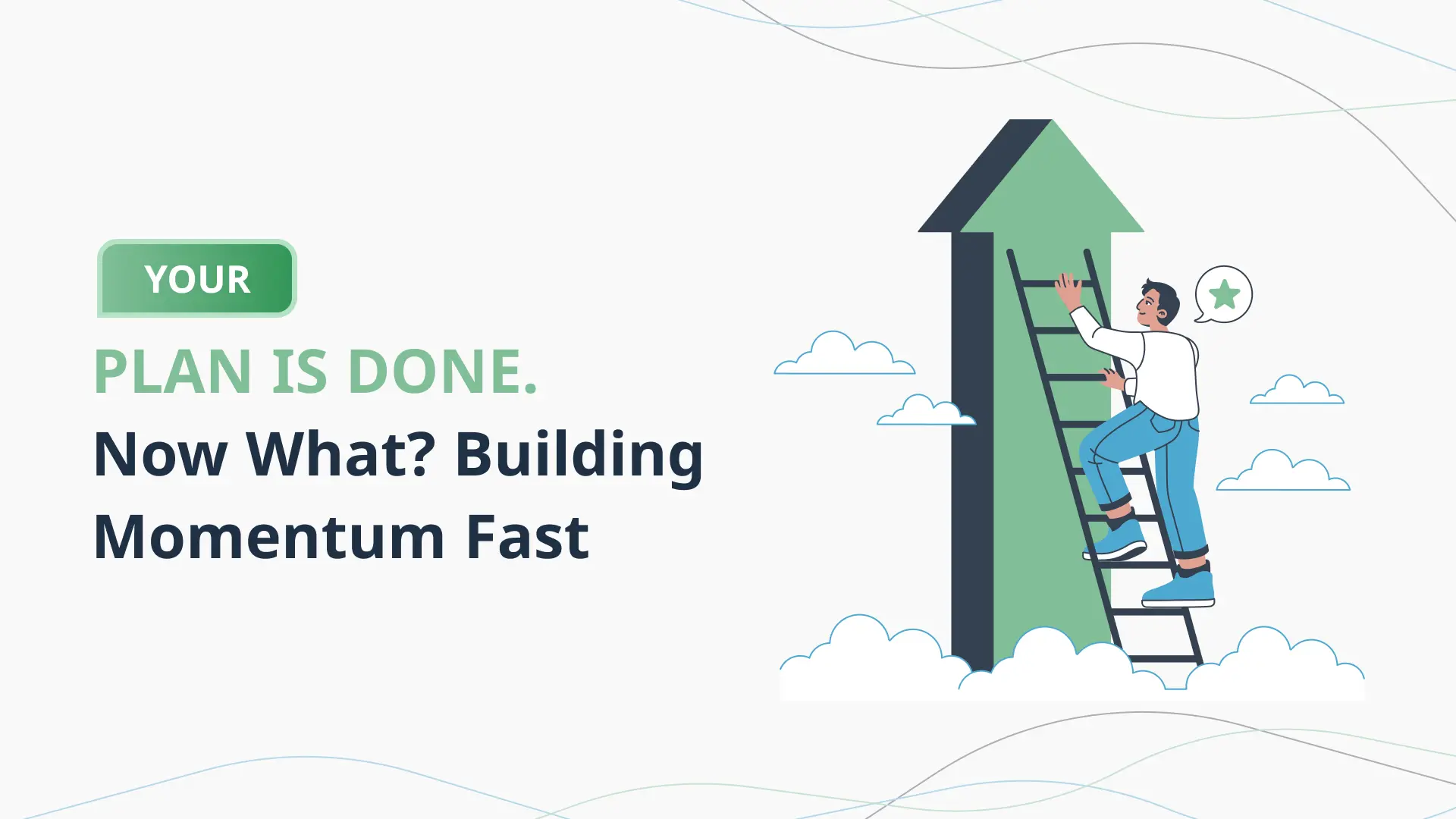
Introduction: The 30-Day Startup Sprint
Launching a new product or business often feels like an overwhelming, multi-month endeavor packed with endless planning, development, and delays. Yet, in today’s digital era, where agility is a competitive edge and execution speed defines market leaders, building and launching in just 30 days isn’t just a bold aspiration—it’s a practical, proven strategy.
Welcome to the 30-day startup sprint: a fast-paced, focused roadmap to take your idea from business plan to market-ready product in just one month. Whether you’re an aspiring entrepreneur, a startup founder looking to iterate faster, or a small team eyeing a timely market opportunity, this guide is your playbook. It strips down the process into actionable weekly goals and introduces modern tools—especially AI-powered platforms—that simplify, automate, and accelerate key steps.
The conventional approach to launching a business often starts with a thick business plan filled with jargon and hypotheticals. You spend weeks, sometimes months, documenting projections and models that may never come to life. In contrast, the 30-day method prioritizes validation, rapid prototyping, and iterative learning. It’s not about skipping steps—it’s about executing them smarter, with real customer insights and lean methodology.
And that’s where AI becomes a game-changer.
AI-driven platforms like the PlanVista app, a cutting-edge business plan generator and startup planning tool, are revolutionizing how entrepreneurs prepare for launch. These tools reduce the cognitive load of strategy-building and financial forecasting by automating key elements of your business plan. Instead of spending weeks trying to format your vision into a traditional plan, you can focus on what really matters: product development, market feedback, and early traction.
In this comprehensive guide, we’ll map out each critical phase of your 30-day journey:
- Week 1: Idea validation and market research.
- Week 2: Crafting a lean business plan using AI tools like PlanVista.
- Week 3: Developing your Minimum Viable Product (MVP).
- Week 4: Building buzz with a strategic pre-launch campaign.
- Launch Day: How to execute effectively and handle feedback.
- Post-Launch: Iterating and scaling your product with agility.
We’ll walk through real-world examples of rapid product launches, common pitfalls to avoid, and how startups are harnessing AI to outpace their competition. Each section offers practical advice, strategies, and tools tailored to get your product off the ground efficiently.
Launching a product in 30 days doesn’t mean cutting corners. It means prioritizing what matters, leveraging smart technology, and staying fiercely focused on delivering value. Whether you’re launching your first side hustle or preparing to pitch investors, this blog will equip you with the clarity and confidence to bring your vision to life—fast.
Let’s dive in and turn your business plan into a product launchpad in just one month.
Validate Your Idea and Define Your Market
The first step in your 30-day launch plan is crucial—before building anything, you need to ensure your idea has legs. Too many startups fail because they dive into product development without confirming that there’s a real need in the market. Week one is all about validating your concept, understanding your target audience, and carving out a niche.
Start with the Problem
Every successful startup begins with a clearly defined problem. What pain point are you solving? Is it significant enough that people would pay for a solution? Your goal is to find a “hair-on-fire” problem—something your audience urgently wants to fix.
Write out your problem statement, then articulate your solution in one or two sentences. Keep it simple. If you can’t explain your idea clearly, you might need to refine it further.
Talk to Potential Customers
Don’t rely on assumptions. Real validation comes from conversations. Reach out to at least 10-15 people who fit your target demographic. These could be current LinkedIn connections, Facebook group members, or Reddit users. Ask open-ended questions like:
- What’s your biggest frustration with [topic]?
- How do you currently solve that problem?
- What would an ideal solution look like?
These conversations are goldmines for refining your idea, language, and value proposition.
Analyze the Market
Use free tools like Google Trends, SEMrush, and AnswerThePublic to see what people are searching for. Dive into forums, subreddits, and Quora threads to find recurring questions and complaints in your niche.
Also, scope out your competitors. What are they doing well? What are users complaining about in their reviews? Competitive research isn’t about copying—it’s about finding opportunities they’ve missed.
Define Your Ideal Customer
Create a detailed buyer persona. Who is this product for? Include demographics (age, gender, location), psychographics (values, pain points, aspirations), and behavior (where they hang out online, how they make purchasing decisions).
Having a specific persona helps in every aspect of your business, from product development to marketing and sales. It ensures your messaging hits the right tone and that your product solves the right problem.
Craft Your Unique Value Proposition (UVP)
Now that you’ve talked to real people and studied the market, draft your UVP. This is a one-sentence pitch that explains who your product is for, what it does, and why it’s better or different.
For example: “PlanVista is an AI-powered business plan generator that helps early-stage startups create professional, investor-ready plans in minutes.”
Your UVP is the foundation of your marketing and the anchor of your business strategy.
By the end of Week 1, you should have:
- A clear problem and solution
- Direct customer insights
- A validated idea with market demand
- A well-defined buyer persona
- A compelling unique value proposition
Build a Lean Business Plan with AI
With a validated idea and a clearer understanding of your market, it’s time to create your roadmap: the business plan. But don’t worry—we’re not talking about a 50-page document with dense charts and financial modeling. In a 30-day launch sprint, you need a lean, actionable business plan that captures the essence of your vision and guides your decisions. This is where modern AI tools like the PlanVista app shine.
What is a Lean Business Plan?
A lean business plan is a concise document that focuses on the essentials: your value proposition, target customers, revenue streams, costs, and strategy. It’s dynamic, easy to update, and far more useful for fast-paced startup environments than traditional business plans. It acts like a GPS—it won’t drive the car for you, but it ensures you’re always on the right road.
Why Use an AI Business Plan Tool?
Creating a business plan from scratch can be time-consuming, especially if you’re not sure what investors or advisors expect. That’s where an AI business plan generator like PlanVista comes in. This tool simplifies and accelerates the process by guiding you through each section with smart suggestions and real-time feedback.
With PlanVista, you can:
- Generate a professional plan in hours, not days
- Get data-driven suggestions tailored to your industry
- Auto-fill sections based on your inputs (market, product, goals)
- Export your plan into investor-friendly formats
The PlanVista app is built for speed and clarity—exactly what a startup founder needs when launching in 30 days.
What to Include in Your Plan
Here’s what your lean business plan should cover:
- Executive Summary: A one-page overview of your product, market, and goals. It’s your business in a nutshell.
- Problem and Solution: Briefly outline the problem you’re solving and how your product is uniquely positioned to solve it.
- Target Market: Use the buyer persona you created in Week 1. Include market size, key demographics, and behavior insights.
- Revenue Model: How will you make money? Describe your pricing strategy, potential upsells, or subscription plans.
- Go-to-Market Strategy: How will you attract and retain customers? This could include pre-launch campaigns, social media, and partnerships.
- Competitive Analysis: Identify your top competitors, and articulate what sets you apart.
- Team: Who’s behind the product? Include brief bios and responsibilities—even if it’s just you to start.
- Milestones and Metrics: What are your 30, 90, and 180-day goals? Define success in measurable terms.
- Financial Forecast: Use AI to generate realistic revenue and cost projections. Focus on simplicity and assumptions you can explain.
PlanVista in Action
Let’s say you’re launching a productivity app for remote teams. PlanVista can help you benchmark your pricing model, compare features against similar apps, and even suggest outreach tactics for early adopters. It takes what might be a week’s worth of planning and compresses it into a focused, productive afternoon.
Develop Your Minimum Viable Product (MVP)
Now that your business plan is polished and validated, it’s time to shift from theory to reality—product development. But not just any product; we’re building a Minimum Viable Product (MVP). The MVP is the leanest version of your product that still delivers core value to your target users. It’s the prototype that gets your solution into real hands fast so you can start learning, iterating, and improving.
What Is an MVP, Really?
An MVP isn’t a beta version loaded with features. It’s a basic but functional product that addresses your customer’s most urgent pain point. Think of it as a focused test: What’s the smallest thing you can build that someone would use and find value in?
Take Dropbox, for example. Before building a full-scale file-sharing platform, they created a simple video showing how the product would work. It validated demand and helped them secure funding before writing a single line of code.
Define Core Features Only
Go back to your business plan and buyer persona. Ask yourself: what is the one key function your user must have? Cut the fluff. If you’re building a habit tracker, maybe the MVP is just a daily check-in system. No notifications, analytics, or gamification—yet.
Create a list of “must-have,” “nice-to-have,” and “later” features. This clarity helps you avoid scope creep and keeps development tight and on schedule.
Choose the Right Tools and Approach
You don’t need to be a coding wizard to build an MVP. No-code and low-code platforms have exploded in capability, enabling founders to launch quickly without expensive developers. Here are a few options:
- Bubble: Great for web apps with complex logic
- Adalo: Ideal for mobile apps with a native feel
- Webflow + Memberstack: Excellent for SaaS MVPs with user authentication
- Glide: Best for simple apps using Google Sheets as a backend
If you do have coding resources, use agile methodology: build in sprints, test iteratively, and deploy often.
Test with Real Users
Once your MVP is ready, invite a small group of target users to try it. These could be the people you interviewed during validation or new leads from your landing page. Use tools like Hotjar, Typeform, or Google Forms to collect feedback. Ask:
- Was the product easy to use?
- Did it solve your problem?
- What features were missing or confusing?
The goal isn’t perfection—it’s insight.
Iterate Fast
Use the feedback you receive to make small, focused updates. This might mean tweaking your onboarding flow, improving performance, or clarifying copy. Each iteration gets you closer to product-market fit.
Create a Buzz-Worthy Pre-Launch Campaign
With your MVP in hand and feedback trickling in, it’s time to go public—but not quite yet. A well-crafted pre-launch campaign can transform your launch day from a quiet rollout into a high-impact debut. In Week 4, your focus should be on generating excitement, collecting leads, and building an audience that’s primed to convert.
Start with a Killer Landing Page
Your landing page is the heartbeat of your pre-launch campaign. It’s where people learn what your product does and why they should care. It should include:
- A compelling headline and subheadline
- A short video or image mockup of your product
- A clear value proposition
- An email signup form
- Social proof or testimonials (if available)
Use tools like Carrd, Webflow, or Launchrock to spin up a polished page quickly. If you’re using PlanVista, you can also pull language directly from your business plan to ensure messaging consistency.
Offer an incentive for signups—early access, a discount, or entry into a giveaway. The goal is to build an email list of interested users you can activate on launch day.
Leverage Social Media Strategically
Don’t wait until launch to start posting. Begin sharing sneak peeks, founder insights, and behind-the-scenes content across your social channels. Platforms like LinkedIn, X (formerly Twitter), and Instagram are great for building anticipation.
Use a countdown timer, launch-themed hashtags, and teaser posts to keep your product top-of-mind. Engage with every comment and message to build a rapport with early followers.
Run a Referral Program
People trust recommendations from friends. Use that to your advantage by creating a simple referral system. Tools like Viral Loops or UpViral allow you to set up shareable links where users can earn rewards for bringing in signups.
Offer tiered rewards—like early access for one referral, a discount for five, and a free month for ten. This incentivizes sharing without requiring a big budget.
Reach Out to Influencers and Press
Identify micro-influencers, bloggers, and journalists who cover your niche. Personalize your pitch emails—explain why your product is unique and why their audience would care.
Create a press kit that includes:
- Your logo and product images
- A one-pager summarizing your product and launch
- Links to your landing page and social profiles
Aim for niche coverage rather than mass media. A single article in the right newsletter can bring in hundreds of targeted leads.
Email Campaigns: Warm Up Your List
Send a series of pre-launch emails to your growing list. This could include:
- Welcome email and story behind your product
- Sneak peek or beta invite
- Countdown to launch
- Exclusive early-bird offers
Make each email value-packed and conversational. Think of this as a conversation, not a sales pitch.
By the end of Week 4, you’ll have:
- A growing list of interested leads
- Buzz on social media
- Influencer and press coverage
- A primed audience ready to convert
Launch Day: Execute and Monitor
After four intense weeks of planning, building, testing, and promoting, the moment has arrived—launch day. This is the culmination of your 30-day sprint, and how you handle it can significantly influence the early success and perception of your product. But launching is more than just hitting the “go live” button. It’s a coordinated effort across your website, marketing, support, and analytics.
Final Checks Before Going Live
Before you announce your product to the world, do a final walkthrough:
- Website: Is it mobile-optimized? Do all links work? Are payment gateways functioning smoothly?
- MVP: Are all core features working as intended? Are onboarding flows tested?
- Support: Do you have FAQs ready, and is your chat or help desk set up to handle user questions?
- Analytics: Ensure tools like Google Analytics, Hotjar, or Mixpanel are integrated to track user behavior.
Check everything on both desktop and mobile. A broken link or failed payment on launch day is a credibility killer.
Announce Your Launch
Now, share your product with the world. Here’s where your pre-launch efforts pay off:
- Email Blast: Send an announcement to your list. Keep it enthusiastic, focused on benefits, and include a clear CTA (like “Try it Free Today”).
- Social Media Posts: Publish launch graphics, videos, or demos across your channels. Pin posts, update bios, and use launch hashtags.
- Product Hunt or BetaList: If your audience is tech-savvy or startup-focused, consider launching on Product Hunt. Prepare engaging visuals, a personal story, and plan to be available to answer comments all day.
Be present, responsive, and personal. Reply to every tweet, DM, and comment. Your early users are your most valuable advocates.
Monitor Performance in Real-Time
From the moment your product goes live, start watching the data:
- Traffic: Are people visiting your site? Where are they coming from?
- Conversions: How many are signing up or buying? What’s your conversion rate?
- Behavior: Are users dropping off during onboarding? Are certain pages underperforming?
Use these insights to make quick adjustments. Maybe your signup form is too long, or your value proposition isn’t clear enough. Small tweaks can lead to big wins.
Gather Feedback Actively
Invite users to share their experience. Use tools like Typeform or in-app surveys to collect feedback. Ask questions like:
- What did you love?
- What was confusing?
- What feature do you want next?
Early feedback is critical. It validates your assumptions and surfaces friction points you might’ve missed.
Stay Agile
No launch is perfect—and that’s okay. The best founders view launch day as the starting point for iteration, not the finish line. Prioritize the feedback that comes in and be ready to ship improvements quickly.
Conclusion: Your 30-Day Launch Blueprint
You did it. From ideation to execution, you’ve sprinted through what many take months or even years to complete. By following a focused, week-by-week framework and leveraging the right tools, you’ve turned a raw idea into a real, usable product in just 30 days.
This journey wasn’t just about speed—it was about clarity, focus, and customer-driven development. You’ve validated your concept, built a product with real users in mind, launched with confidence, and gathered valuable feedback to iterate and improve. That’s the startup mindset in action: rapid, resilient, and relentlessly user-focused.
But remember—launch day isn’t the finish line. It’s day one of building your business. What you do next matters even more. Keep listening to your users. Keep testing your assumptions. Keep refining your messaging. The goal now is to achieve product-market fit, scale your user base, and grow sustainably.
Let’s not forget the role technology played in your success. AI-powered tools like PlanVista are redefining what’s possible for founders. Instead of wrestling with spreadsheets or blank documents, you were able to use a smart, intuitive business plan generator to map out your strategy quickly and confidently. That’s the power of the right tools—they don’t just save time; they elevate your thinking.
The PlanVista app isn’t just for your first launch. It’s a startup planning tool designed to grow with you. Whether you’re refining your business model, preparing for fundraising, or planning your next product line, PlanVista helps you stay strategic, organized, and investor-ready. It’s your virtual co-founder, keeping your business vision sharp and your execution on point.
Now that your MVP is live and your brand is gaining traction, continue using tools like PlanVista to:
- Update your financial projections with real data
- Set clear goals and milestones for your next 30, 60, and 90 days
- Plan your growth strategies—from marketing to hiring
So what’s next for you?
If you haven’t already, start using PlanVista to plan your next move. Whether you’re optimizing for retention, expanding your product’s feature set, or preparing for a pitch deck, the PlanVista platform gives you the structure and insights to move forward with purpose.
You’ve proven you can launch in 30 days. Now prove you can thrive.
Ready to plan, build, and scale smarter? Sign up for PlanVista today and let your next launch be your best one yet.
FAQs
The fastest path is a 30-day sprint that includes idea validation, a lean AI-powered business plan, MVP development, and a strategic pre-launch and launch plan.
Not a traditional one. A lean business plan created with an AI tool like PlanVista is ideal—it’s faster, focused, and highly actionable.
Yes! With no-code platforms and tools like PlanVista, non-technical founders can build MVPs and plan strategically without writing code.
PlanVista is an AI business plan tool that guides you step-by-step, offering intelligent suggestions and fast formatting tailored for startups.
Gather feedback, iterate on your MVP, use tools like PlanVista to plan the next milestones, and focus on customer retention and scaling strategies.
